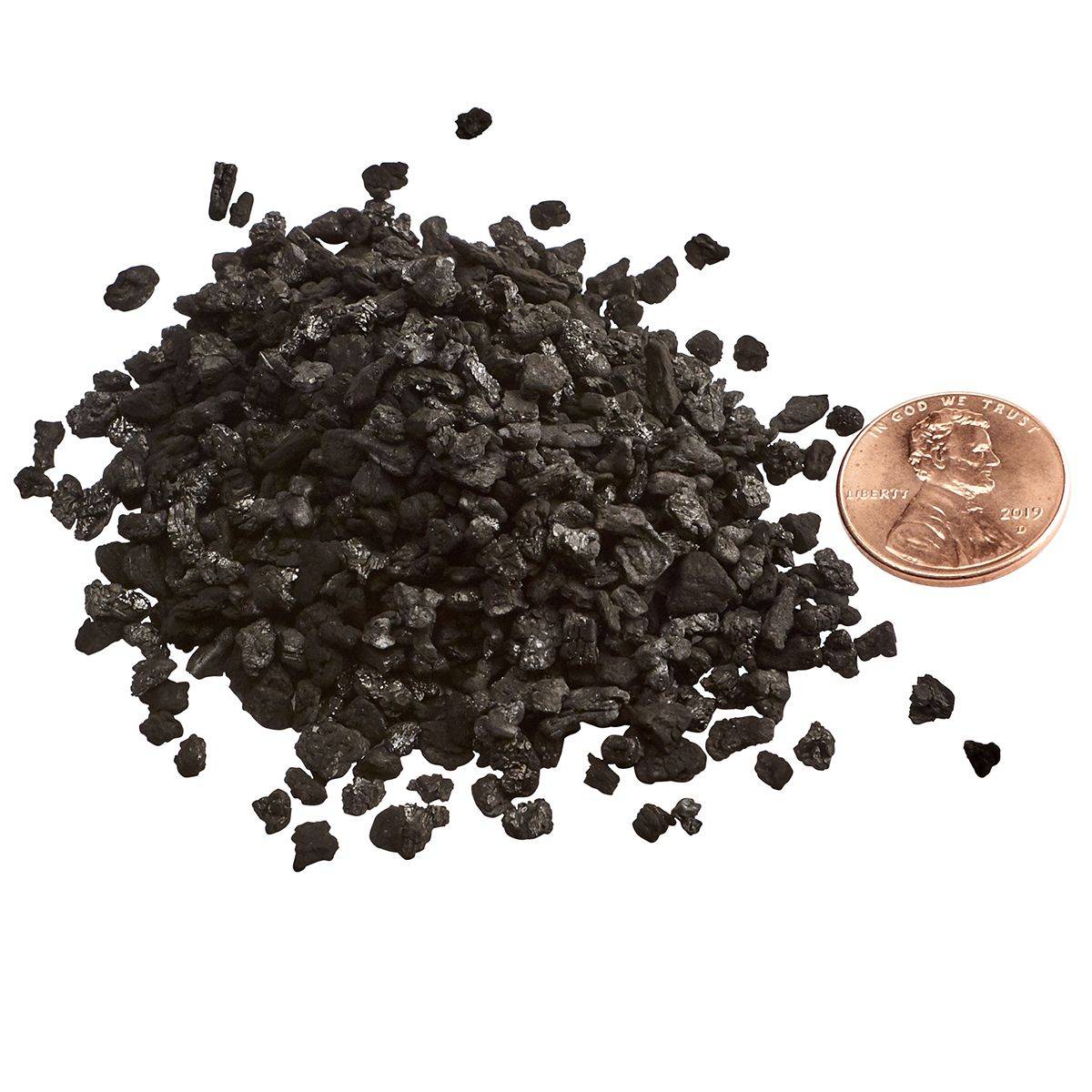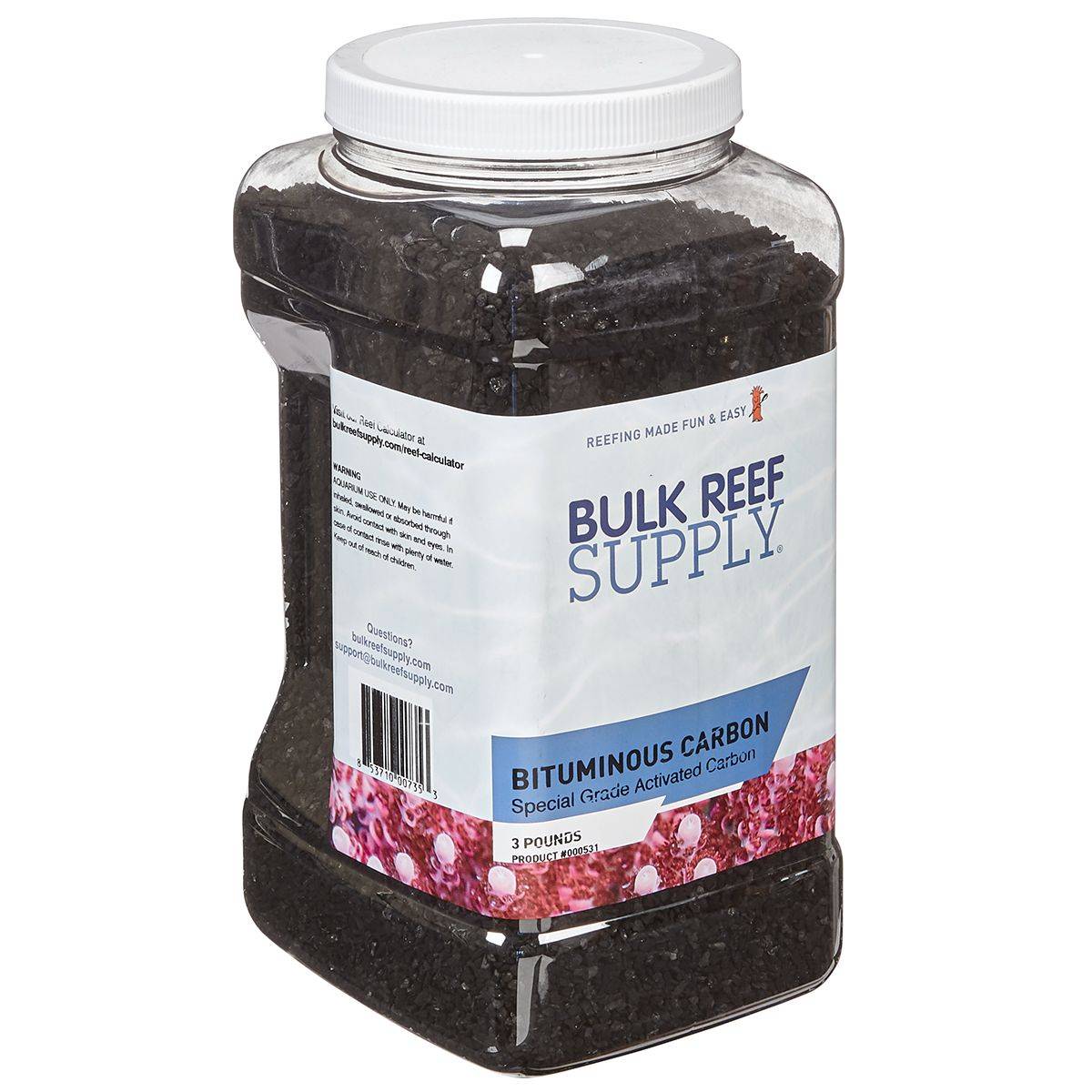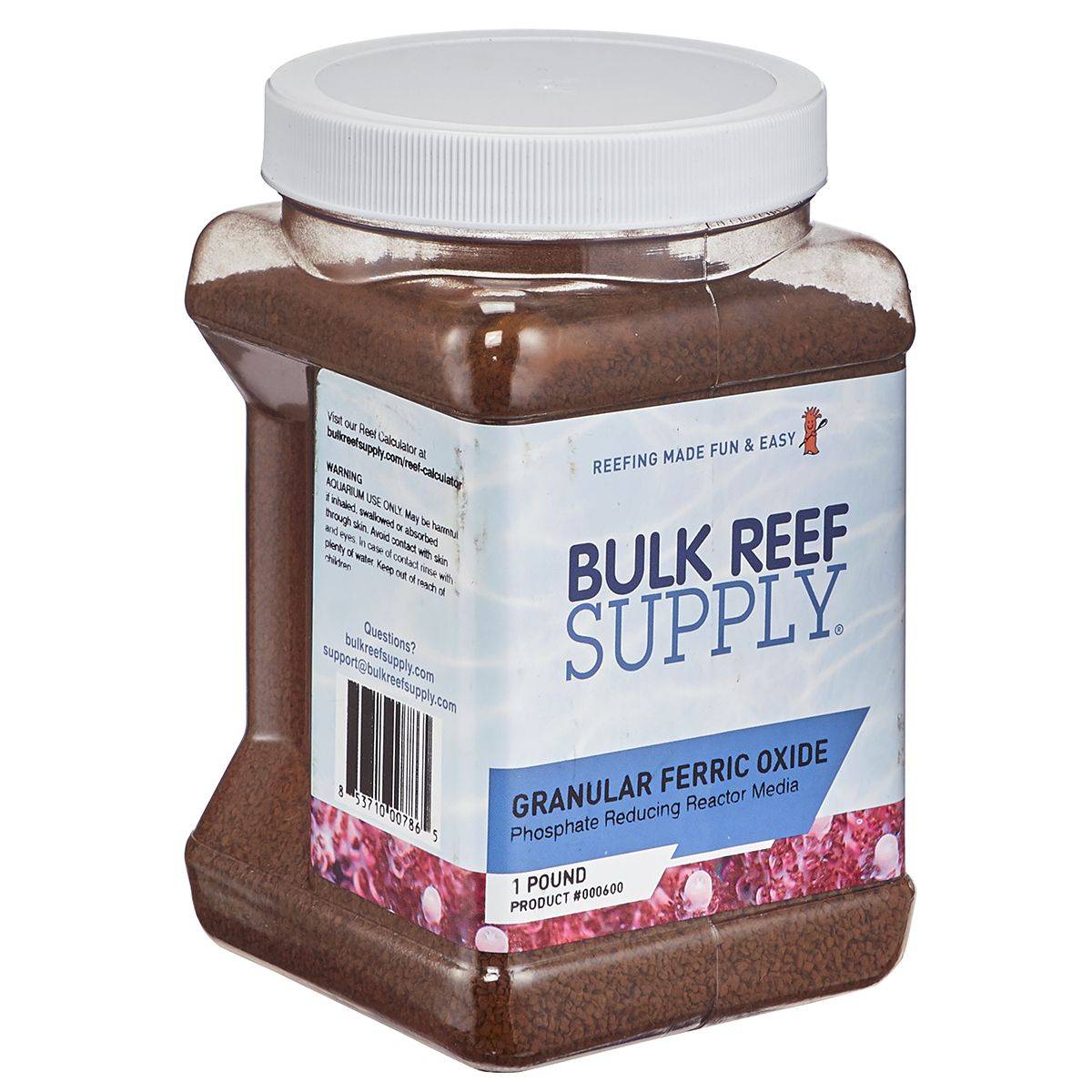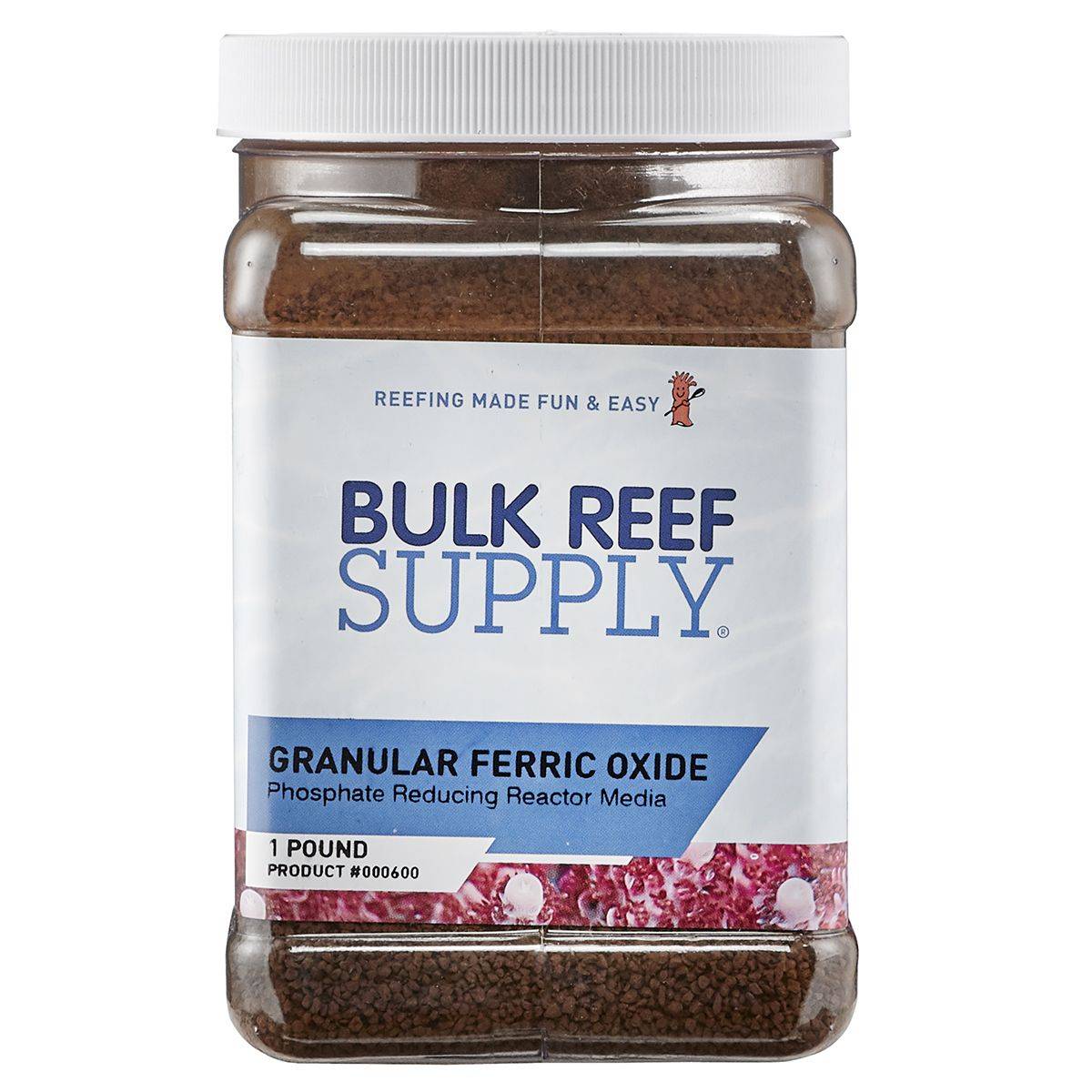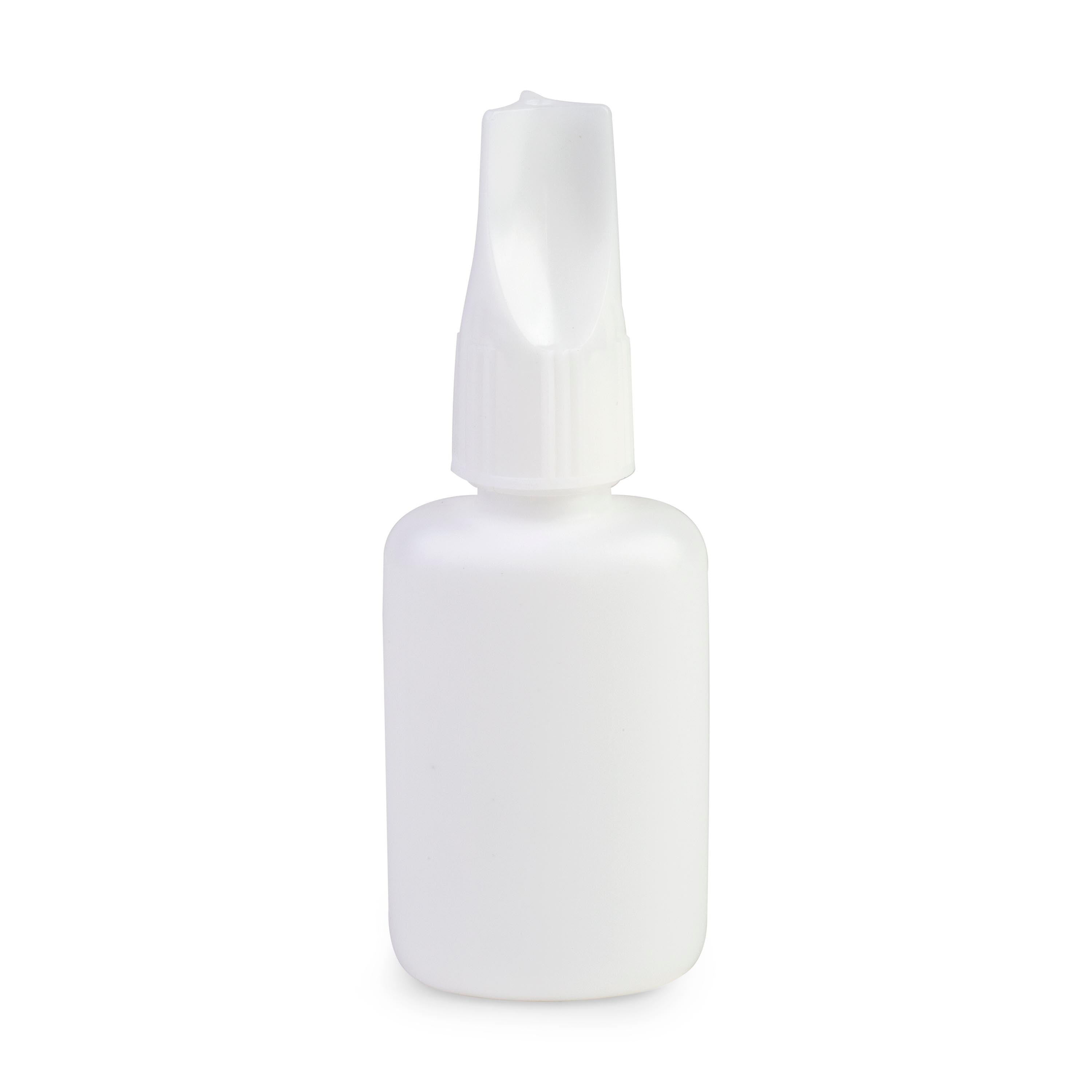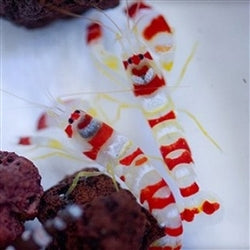
Candy Cane Pistol Shrimp (Alpheus randalli)
Max Size: 1 inch
Diet: Omnivore
Temperament: Peaceful
Reef Compatible: Yes
Minimum Tank Size: 20 gallons
The Randall's pistol shrimp (Alpheus randalli) is a captivating crustacean native to the tropical and subtropical waters of the Indian and central Pacific oceans. Recognized as the candy cane shrimp due to its striking red and white or transparent striped body, this shrimp grows to approximately 1.2 inches in length and possesses yellowish-green appendages and limited eyesight. Like other members of the snapping or pistol shrimp family, it sports one small claw and one larger claw. The larger claw snaps shut rapidly, producing a wave of bubbles that create intense acoustic pressure and noise. This unique ability serves as both a means of communication and a method to stun prey for food.
A fascinating aspect of the Randall's pistol shrimp's life is its symbiotic relationship with the Randall's prawn goby (Amblyeleotris randalli), a fish species. This mutualistic relationship means that both species depend on each other and derive benefits from their partnership.
Together, the shrimp and the goby reside in extensive sandy burrows on the seafloor. The shrimp takes on the role of digging and maintaining the burrow, and at night, it covers the burrow openings. As the shrimp digs, it disturbs small invertebrates that become a feast for the goby. After the goby finishes its meal, the shrimp consumes the remaining detritus. The goby, with its keen eyesight, takes charge of protection. When both species leave the burrow, the goby positions its tail fin against the shrimp's antennae. If it detects any danger, the goby flips its fin, signaling the shrimp to quickly retreat to the safety of the burrow.
It is worth noting that male and female Randall's pistol shrimp do not share burrows but may construct passageways between adjacent burrows, allowing them to maintain a connection while retaining their own separate spaces. This fascinating and interdependent relationship showcases the wonders of nature's intricate connections among marine species.


